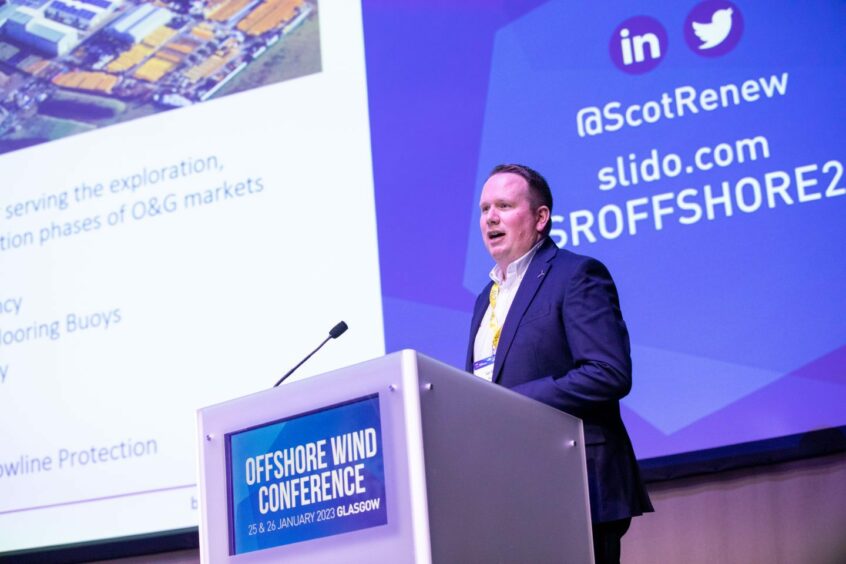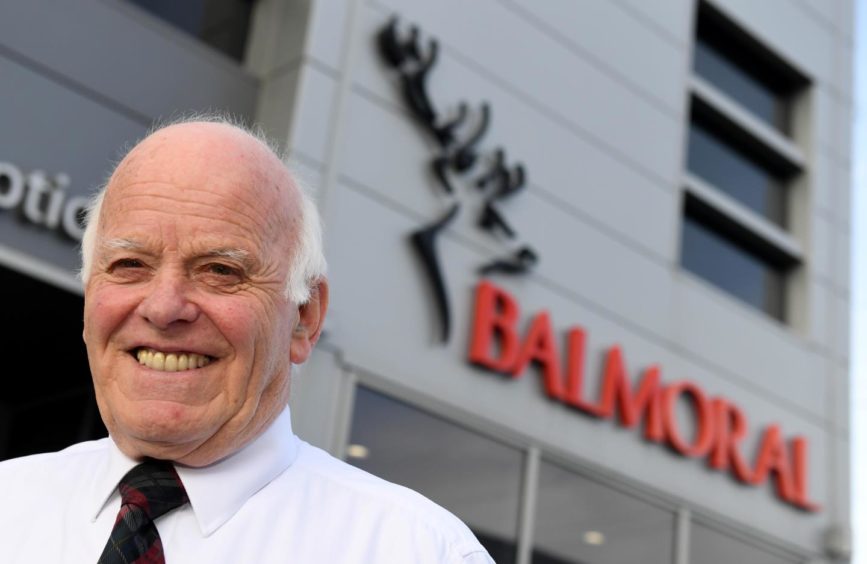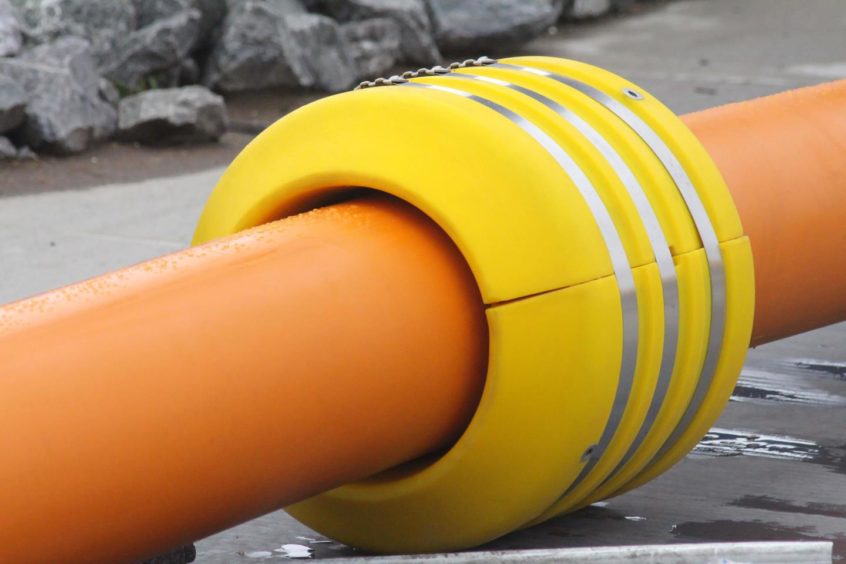
Aberdeen’s Balmoral Group is primed to invest in new factories to create components for offshore wind farms.
But says one key thing is needed before the company’s chairman takes the plunge, says Ian Mine, sales manager for renewables – standardisation.
Speaking recently at Scottish Renewables’ Offshore Wind Conference in Glasgow, Mr Milne said: “(Offshore wind) developers are facing a number of challenges – licensing, CfD and FIDs – but what can be done now in terms of intentions to guarantee capacity?
“Standardisation will go a long, long way towards helping investment in the right facilities. Our chairman is ready to go to make some new factories, but what is he actually putting in the new factories? Changing steel would ultimately change the inners of that facility – knowing what to do is a challenge.”
Using oil and gas know how
Balmoral was established by chairman Sir Jim Milne, one of the north-east’s best-known businessmen, in 1980 to service the oil and gas industry.
Since then the privately-owned company has grown exponentially, and now employs some 700 people, providing solution across the energy spectrum.
Leveraging its oil and gas heritage, the group has a range of cable protection systems for offshore wind farms, both fixed and floating, designed to reduce movements and prevent damage.
Time to narrow it down
In recent years, industry has spent a large amount of time, effort, and money developing new offshore wind turbine and foundation designs, in an effort to pinpoint the best solution.
While such innovation has produced numerous intriguing solutions, and reduced the cost of wind, the varying demands have made it tough for the supply chain to know where to focus.
Moreover, without standardisation of parts and methods, it will be increasingly tough for the industry to achieve economies of scale.
Mr Milne said: “We’re entrepreneurs, and any entrepreneurial business will have to take risks, regardless of what it is. Innovation is key to Balmoral; we are always looking at new technologies in order to be at the forefront.
“But, we’re trying to innovate on what we think it will be, and what we think it will look like. In terms of the subsea cabling side, and this comes back to my point on standardisation – once that is ironed out, the technology risk is actually relatively manageable.
“Then you’ve obviously got the investment risk portfolio, where we go and spend several million of our own money on factories thinking it’s (offshore wind rollout) going to happen in 2030, only for a project to miss a CfD and pushed back to 2035. In oil and gas, the processing seems to be quicker.”
Recommended for you


 © Kami Thomson/ P&J
© Kami Thomson/ P&J © Supplied by Balmoral Group
© Supplied by Balmoral Group